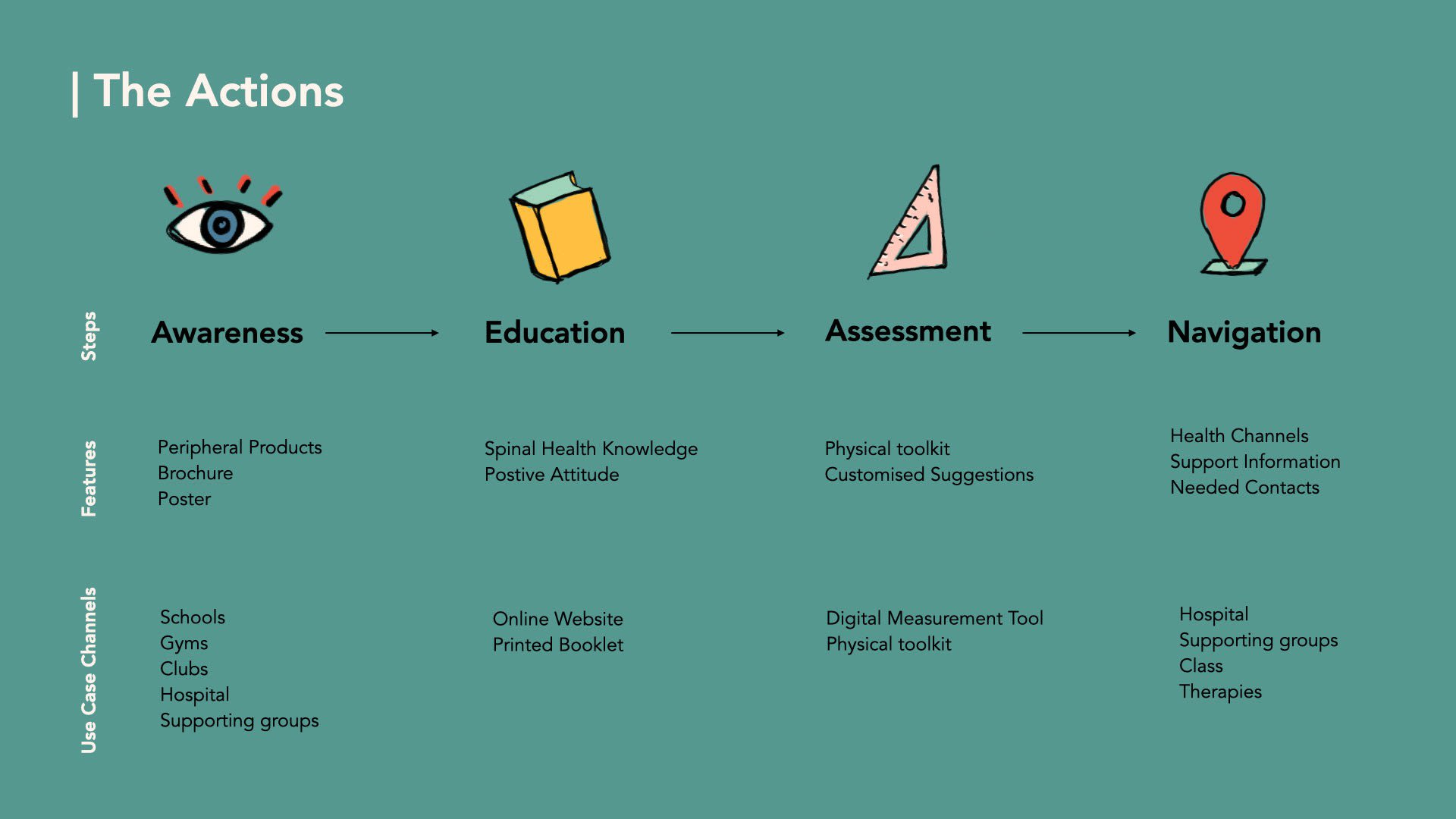Elitnisa is a Service Designer who holds a BA degree in Industrial Design. Currently, she experiments her hobbies in Ecology and nature's mechanics with further study in the AgriTech degree.
She is passionate about multi-disciplinary design with technology/science/humanity/nature. In her works, she sees herself as a real-life problem solver & an imaginer of the future with emphatic skills and creative thinking. Picturing research and design methodologies as a shared platform to design channels for people's needs is a step toward a better life for all people, communities, and sectors.
Hence, studying and working in many design fields, in her discipline, she will continuously pursue to bring shared, creative confidence to all stages of the design process where everyone can be involved in co-creation to get a greater impact on changing environments of innovation.





